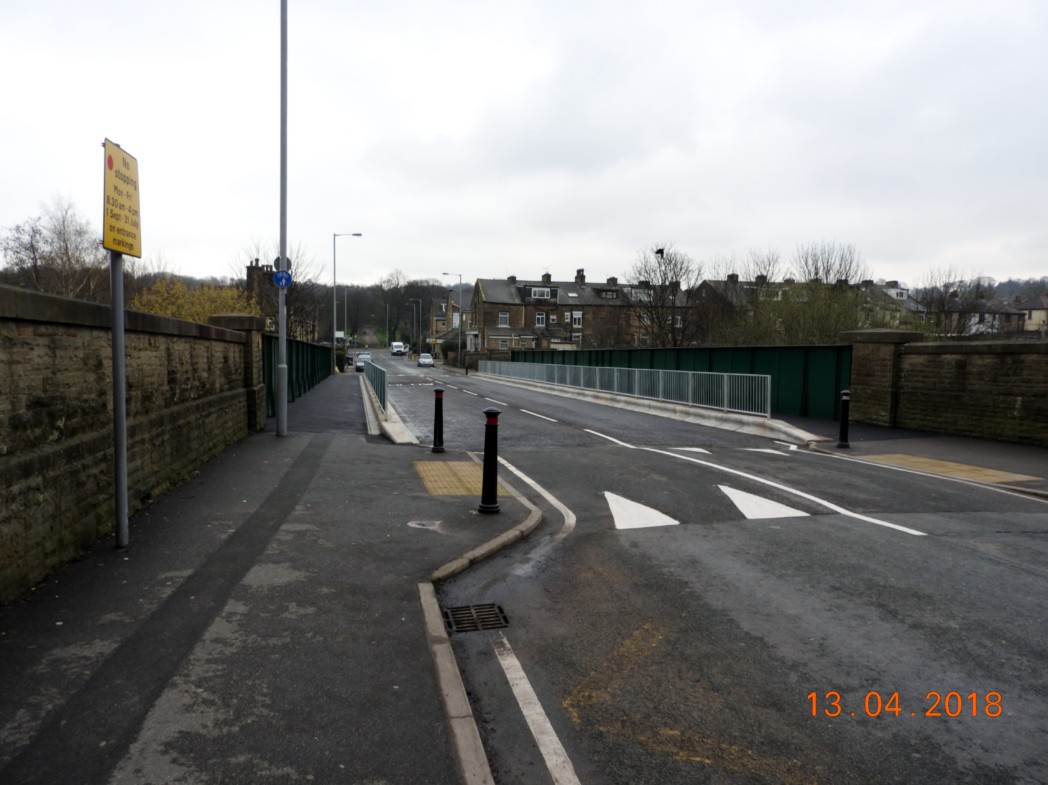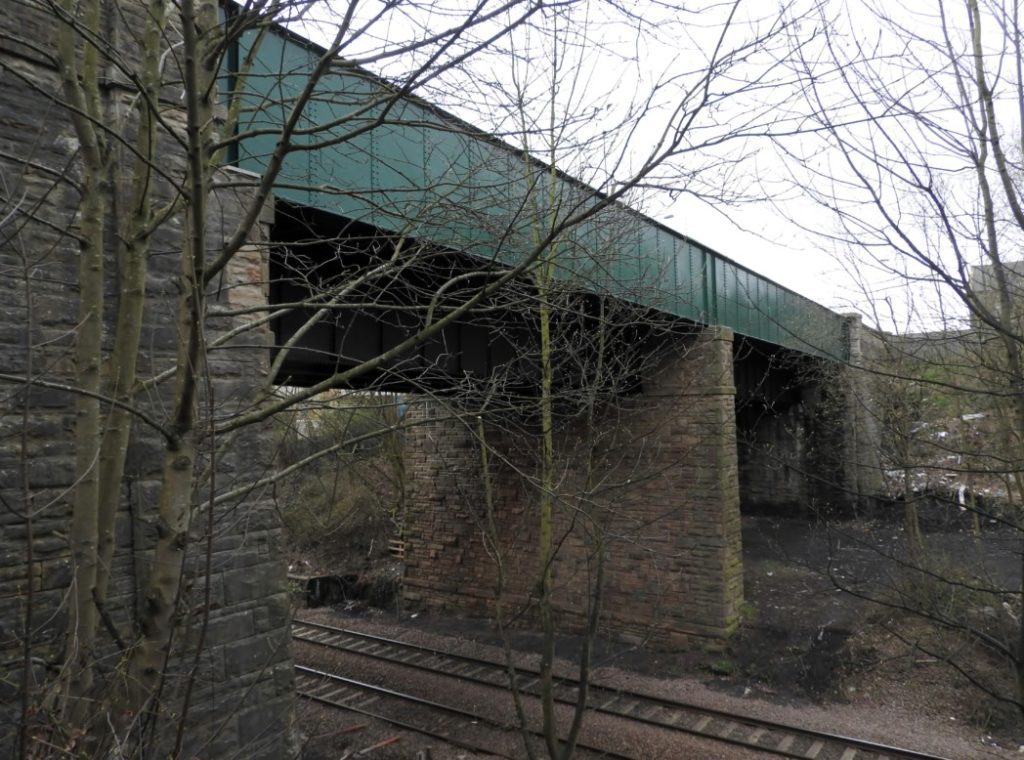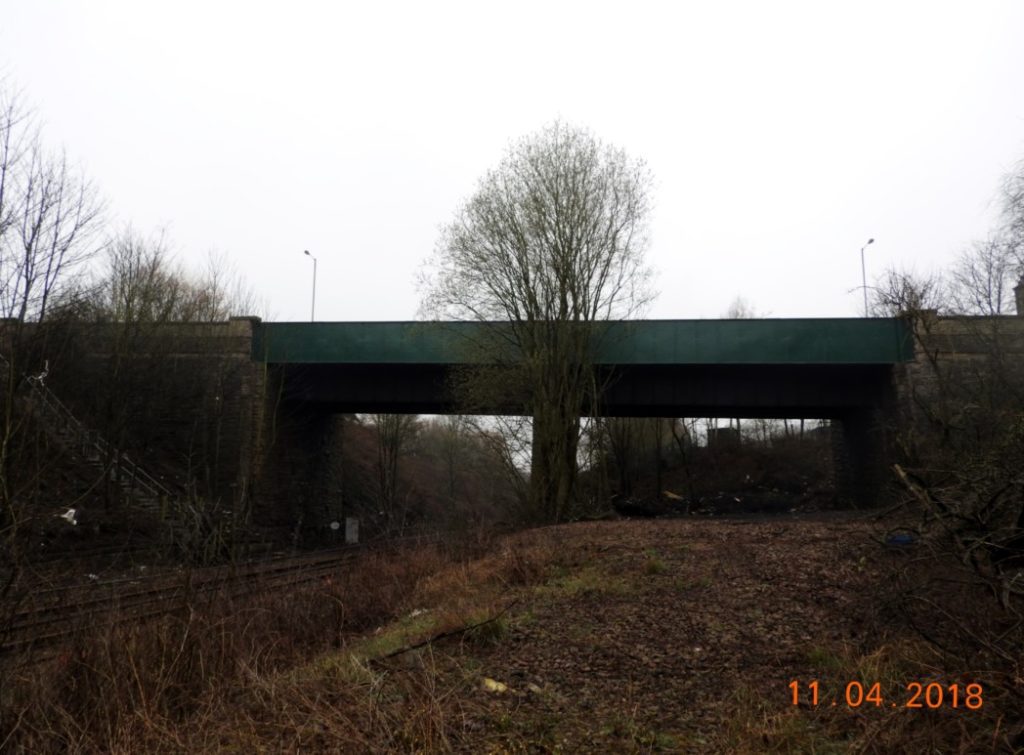
Over-Bridge Trouble Sorters
29/06/2018 - posted in Bridges, HBPW News, Inspections, Rail, Value Engineering
A road over rail bridge which failed stringent assessment tests, has now been given a clean bill of health thanks to specialist analysis and strengthening overseen by engineering experts at HBPW.
Non-linear Finite Element Buckling Analysis is a specialism available at HBPW and can make the difference between a bridge being certified fit for purpose or not, with the resultant cost implications if a structure irretrievably fails.
Partner, Jon Livesey, said: “The Network Rail bridge in question at New Cross Street in West Bowling, Bradford had previously been assessed by a third party as part of their assessment contract with NR, however, it failed to reach the required 40 Tonne capacity.”

“HBPW was asked to review the assessment and recommend a strategy going forward. We realised that some elements of the bridge would require conventional strengthening, however, we also concluded that the element requiring of the most strengthening, namely the edge girders, would also benefit from the use of sophisticated analysis.”
Jon said that analysis codes for certain forms of construction, especially half-through girders, often used on rail bridges, were inherently conservative.
“A non-linear analysis removes those conservatisms,” he said, “and provides for full utilisation of the plastic capacity of bridge girders. We thought that the girders had sufficient capacity for 40 Tonne capacity – it was just a case on demonstrating this.”
The real key, said Jon, was knowing when to use sophisticated analysis and which technique to apply.
“In the case of New Cross Street the edge girders were failing in shear so we needed to use a non-linear buckling analysis to realise the full capacity. However, in addition to the under-capacity on the edge girders, the inner girders also failed the assessment, although engineers concluded that a buckling analysis would not yield the same benefits and was, therefore, of less value.

“To that end, we proposed the installation of a new concrete slab over the centre of the bridge to improve load distribution and to remove the need for reliance on the deck plates which had also failed the assessment.
“This meant the deck plates could be ignored and the girders only needed some simple strengthening following a less complex grillage analysis.”
The combined use of sophisticated analysis and simple strengthening significantly reduced the overall costs to get the bridge to the required capacity.
“Non-Linear Finite Element Buckling Analysis is an incredibly useful tool in the armoury of a bridge engineer, and this certainly proved to be the case in Bradford. A happy outcome for both engineer and client!” added Jon.
